“Do you have family?” I was once asked, in all seriousness, by my host, the lord of the local manor, who was kindly putting me up for the night after the funeral of a young relative of his who had also been a friend of mine. I must have muttered something, and the awkwardness of the moment was doubtless overlaid both by the nature of the occasion and the wonder of the surroundings: the panelled walls, the painted ceilings and, of course, the portraits of my friend’s ancestors, of whom she had never spoken, dating back to Elizabethan times.
Now, all these years later and with my genial host long dead, I want to give the answer I should have given then. Yes, I do have family but I wouldn’t need to stand on a chair to unfurl my family tree. I could write everything I know on a single sheet of paper and my forebears would have looked less like this:
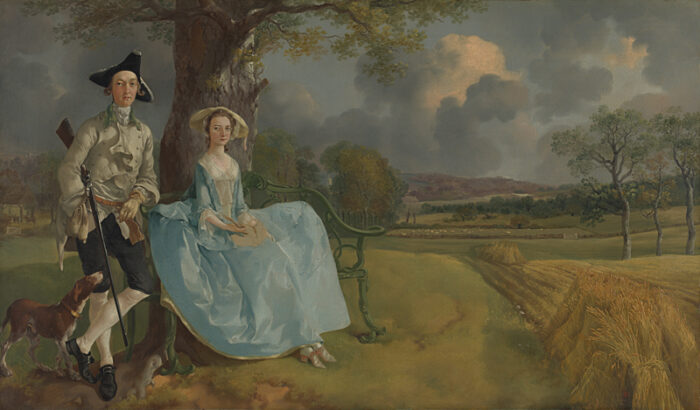
than like this:
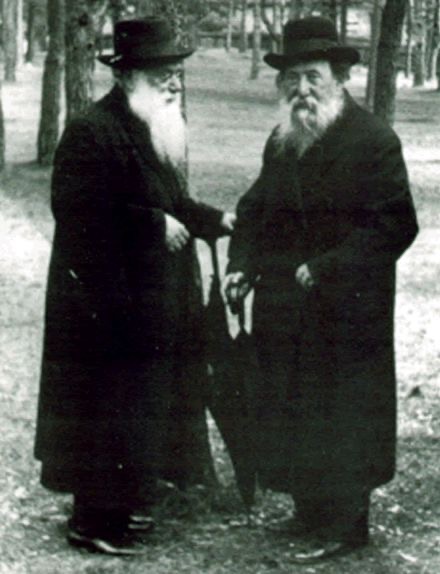
It is oddly fitting that they are so generously clothed for clothes, or schmutters, were the family trade. Though my father’s father got side-lined (see Land of my Fathers) and his Regent Street shop closed long ago, the shop in Tallinn that was founded in the nineteen-twenties by Heinrich Gutkin, an uncle of my mother’s, is thriving still. Long forgotten by most of those who wander among the colourful bales of fabric are the years of its closure during the Soviet regime and the fate of the shop’s founder, who was deported to a prison camp in the Soviet Union and never returned.
Forgotten too, but commemorated in this book, are the lives of those murdered during the German occupation.
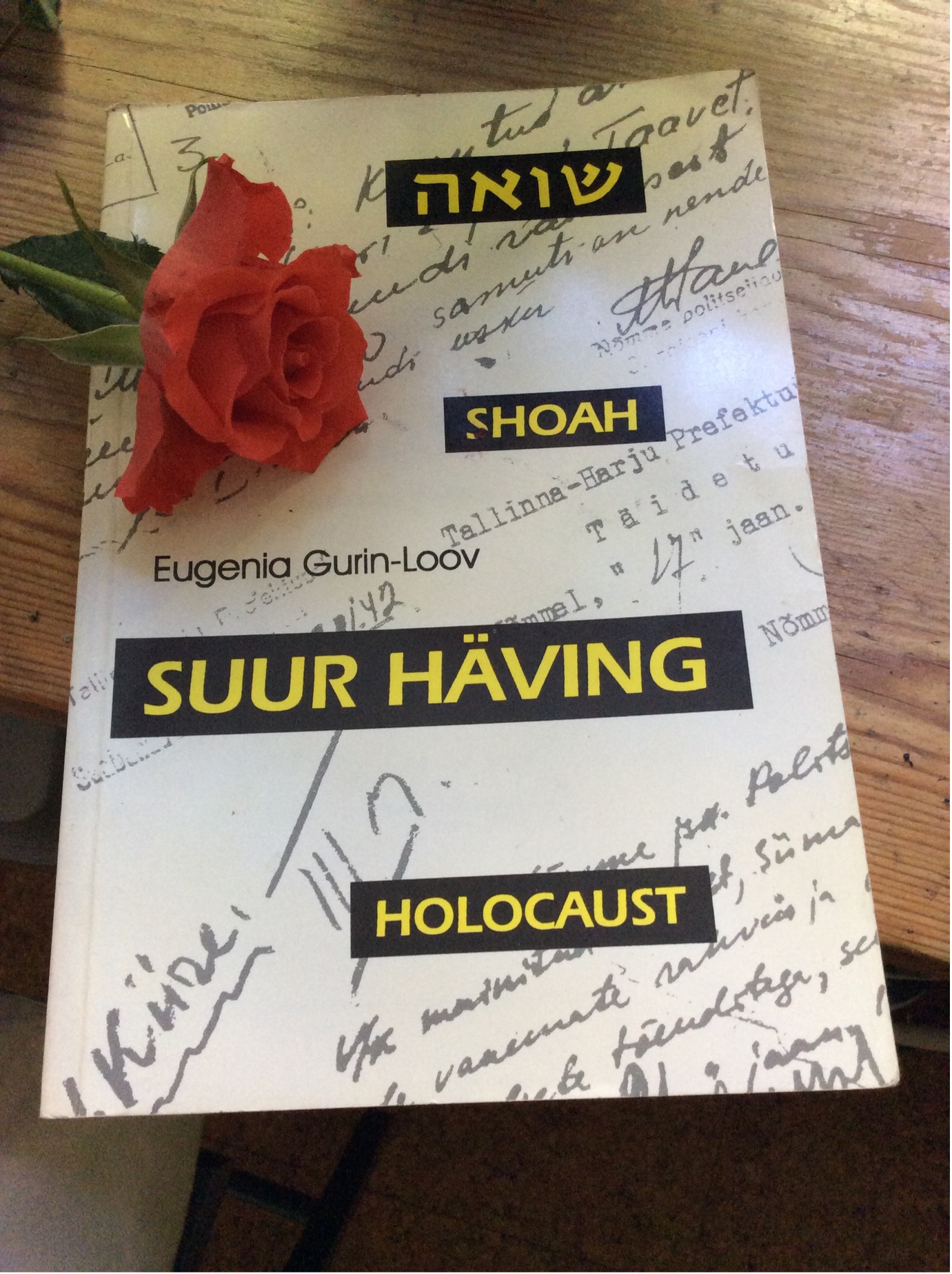
Among them was my maternal grandmother, seen here (with parasol) in happier times.
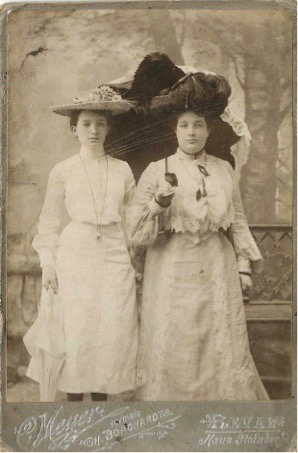
That there are no earlier family photographs or records does not mean I have fewer ancestors than my long-ago host. What it means is that his family prospered, whether through gallantry or marauding, and were soon thoroughly ‘landed’ whereas mine, after leaving what was then Palestine, their ancestral home*, were scattered throughout Eastern Europe, living in shtetls: the men wrapped in their prayer shawls, the women foraging for food and preparing the next meal.
How these peasants morphed into the Jews of today is another story but both then and now, they belong to the same family as everyone else. Whatever anyone’s nationality, religion, colour or ‘standing’: everyone belongs to the Family of Man.
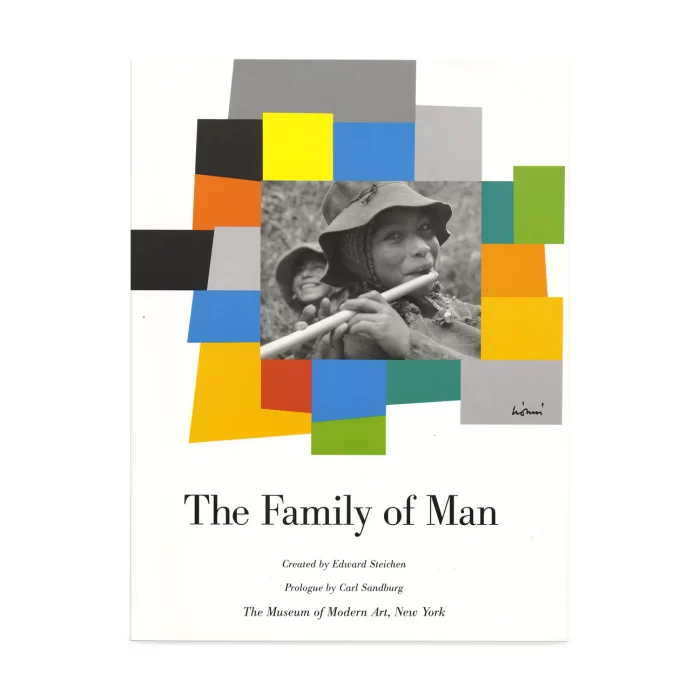
*As a result of persecution, expulsions and massacres carried out by the Crusaders, Jews gradually migrated to Central and Eastern Europe, settling in Poland, Lithuania and Russia, where they found greater security and a renewal of prosperity. (Wikipedia)